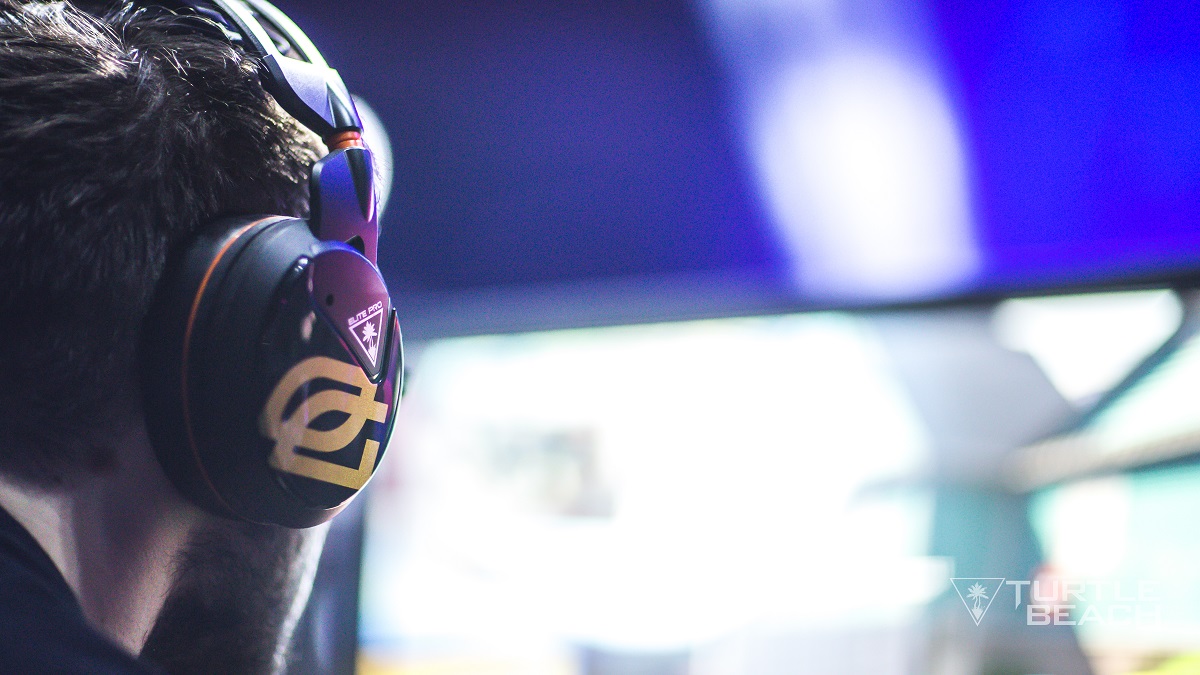Gamers are beset with offers to buy gaming headsets from 20 companies. But headset maker Turtle Beach has managed to come out on top, with 42 percent market share in the U.S., according to market researcher NPD. Turtle Beach has more share than its top three rivals combined.
That’s an enviable position to have, considering the San Diego, Calif.-based company’s cross-town rival, Mad Catz, just filed for bankruptcy protection. Turtle Beach has been making computer sound products since 1991 and it has been making gaming headsets since 2005.

Unlock premium content and VIP community perks with GB M A X!
Join now to enjoy our free and premium membership perks.
![]()

![]()